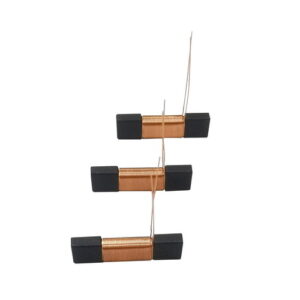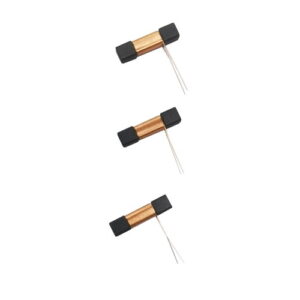Translation pen coils are commonly used in our daily production and are becoming increasingly indispensable in our electronic products. They are electromagnetic induction components made of insulated wires and are commonly used components in circuits. They are widely used in micro TVs, cameras, portable VCRs, car audio systems, slim radios, TV tuners, mobile phones, and more.
Translation pen coils are arranged in multiple layers and have extensive applications. They include solar swing coils, coin slot induction coils, IC card induction coils, voice coils (speaker coils), remote control car steering coils, sliding toy coils, various electronic drive inductor coils, and more. Depending on the shape, translation pen coils can be made into various forms such as circular coils, square coils, racetrack coils, polygonal coils, etc. They can specialize in producing extra-large and extra-long lead-out coils.

In electronic devices, it is common to see many magnetic rings and connecting cables forming an inductor. Translation pen coils are commonly used interference-resistant components in electronic circuits and have good shielding effects on high-frequency noise. Therefore, they are also known as absorbing magnetic rings. Since they are generally made of ferrite materials, they are also called ferrite magnetic rings.
In the magnetic circuit of translation pen coils, a long air gap needs to be traversed, and the air magnetic resistance is large. Energy will be concentrated here, and the air gap will not be fully filled. On the other hand, the magnetic circuit of ferrite magnetic rings is entirely completed by ferrite, resulting in a smaller magnetic resistance. The advantage is that it can easily obtain large inductance, but the magnetic energy will be concentrated in the ferrite and will be fully filled.
Translation pen coils are widely used in electronic circuits and are one of the main components for vibration, tuning, coupling, filtering, delay, and deflection. In order to increase inductance, improve Q values, and reduce size, magnetic cores are often inserted into the coils. In high-frequency electronic devices, a special-shaped copper foil on a printed circuit board can also form an inductor, commonly referred to as a printed inductor or microstrip line.
